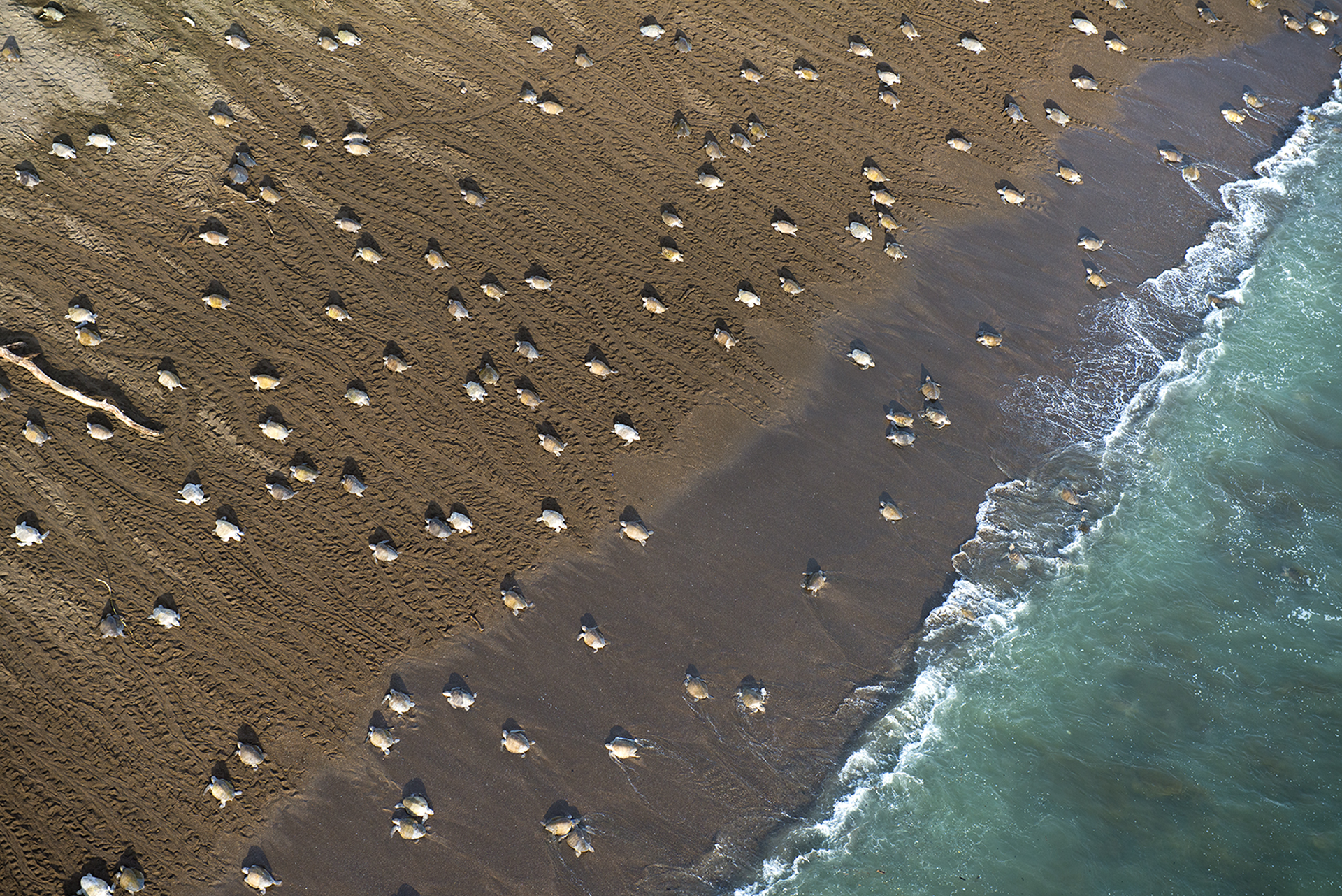
May to November is Migration Season in Costa Rica.
Costa Rica is known for its rich biodiversity, including various animal species that migrate in and out of the country throughout the year.
One of the most notable groups is birds, with over 850 bird species, many of which are migratory, making Costa Rica a birdwatcher’s paradise.
In addition to birds, several species of sea turtles, such as green, hawksbill, and leatherback turtles, migrate to Costa Rica’s Pacific and Caribbean coasts to nest.
Humpback whales are also among the most famous migratory visitors to Costa Rica. They migrate from the northern and southern hemispheres to warmer waters to breed and give birth.
These are just a few examples of the diverse migratory animals that visit Costa Rica yearly. The country’s various ecosystems and rich biodiversity make it the perfect destination for wildlife enthusiasts.

We’ve created our own Costa Rican Trails – “Migration Maps” for you to download.
These “Migration Maps” include Whale, Turtle, and Bird migration hotspots, species guides, and the best times to witness the migrations.
We’ve also compiled a Migration Season Portfolio of Experiences to see what’s possible for your clients and Migration Season Specials.
Humpback Whales
Costa Rica boasts the most extended humpback whale-watching season in the world, making it one of the best destinations to observe these magnificent creatures.
One of the most biologically intense places on earth

On the Pacific coast, the waters have two distinct populations of humpback whales:
Northern Hemisphere Humpbacks: Originating from California, these whales visit from December to early April. They migrate to Costa Rica’s warm waters to breed and give birth to their young, offering spectacular sightings during these months.
Southern Hemisphere Humpbacks: These whales travel from the colder Antarctic regions to the warm Costa Rican waters to give birth. Their presence on the Pacific coast peaks from late July to November, creating a unique opportunity to witness maternal behaviors and the first moments of newborn whales.
On the Caribbean side of Costa Rica, whale sightings are possible from December to March, although less frequent. This extended season provides ample opportunities for witnessing these giants in their natural habitats, engaging in behaviors such as breaching, tail slapping, and nurturing their young.
Turtle Nesting
Costa Rica is a critical sanctuary for various turtle species, offering some of the most impressive nesting sites in the world.
Here are the key locations and optimal times to witness these remarkable natural events:

Tortuguero: Known as the ‘Little Amazon of Costa Rica,’ Tortuguero is bustling from mid-July to mid-October with the arrival of nesting turtles. It’s one of the most accessible places to observe the Green Sea Turtles during their peak nesting season.
Playa Ostional: From May to November, Playa Ostional becomes a hub for the Olive Ridley turtles during their ‘arribadas,’ where thousands of turtles come ashore in massive groups to nest, a true spectacle.

Las Baulas National Park: Primarily from mid-October to mid-February, the rare and endangered Leatherback turtles make their way to the shores of Las Baulas National Park to nest, making it an essential area for conservation efforts and observation.
The rainy season is the prime time for turtle watching, as it coincides with peak nesting activity. Nighttime visits provide the best opportunities to see these creatures as they come ashore under darkness to hide from predators.
Birdwatching
Costa Rica is home to one of the highest levels of biodiversity in the world, encompassing six birding ecozones and numerous micro-ecosystems.

More than 921 bird species are found in the country, seven of which are native. Excellent birdwatching is possible throughout the year.
The best times to go birdwatching in Costa Rica are February to June, when more than 200 species come for breeding, and August to November when they travel to North America and Central and South America to spend winter.

Birds are in virtually every part of the country, from the misty cloud forests and humid lowlands to mountain peaks, dry forests, mangroves, and coastal areas. Each habitat offers a unique birdwatching experience with distinct species to observe.
Some of the top birding hotspots include:

- Northern Regions: Caño Negro, Arenal, Sarapiqui, Boca Tapada, and Tortuguero.
- Central Areas: Braulio Carrillo National Park, Bajos del Toro, Monteverde, and Los Quetzales National Park.
- Pacific Coast and Southern Zones: Carara National Park, Manuel Antonio National Park, Bahia Ballena National Park, the Osa Peninsula, Rincon de la Vieja, and the Nicoya Gulf.
These locations are renowned for their accessibility and the variety of bird species they attract, making them essential destinations for any birdwatching itinerary in Costa Rica.

Download Our Complete Migration Season Portfolio
To explore our complete range of Migration Season experiences, please download our Migration Portfolio and let us design an itinerary tailored to your guests’ preferences, featuring unforgettable wildlife encounters.
Download Our Migration Season Specials
We have created Migration Season specials for you to offer your guests, including free nights and discounted rates.
Download your Costa Rica Migration Season Specials.
For more information, email Maria Isabel:








